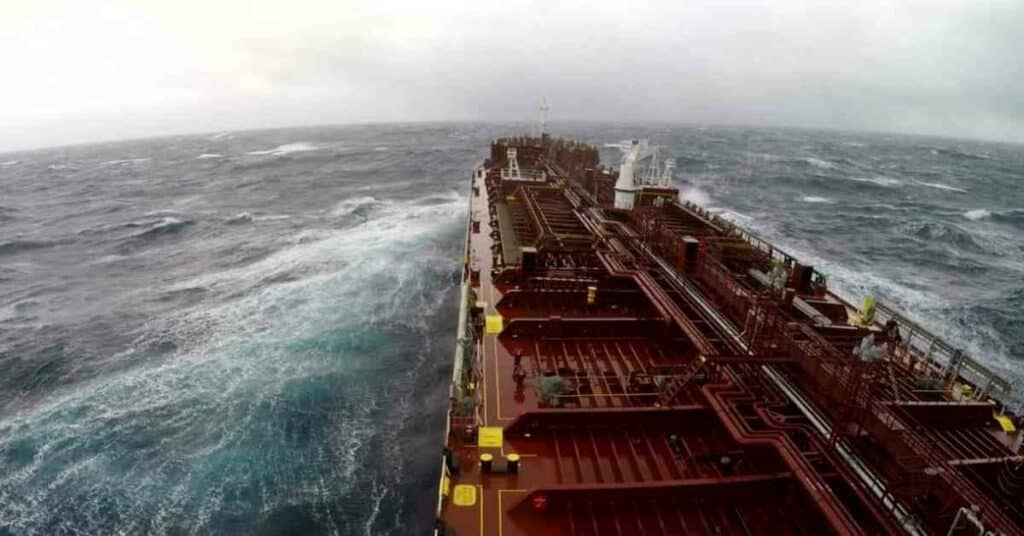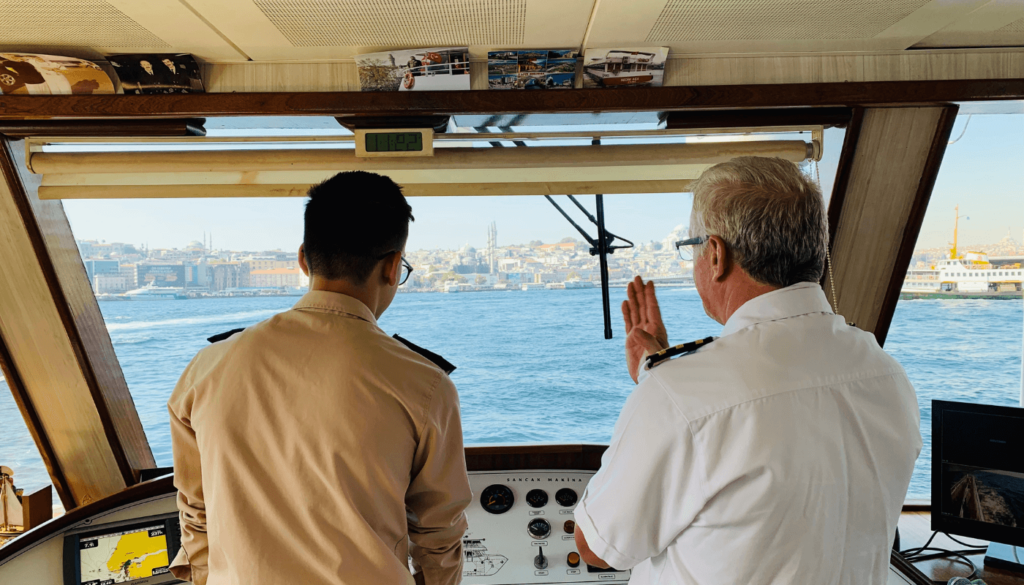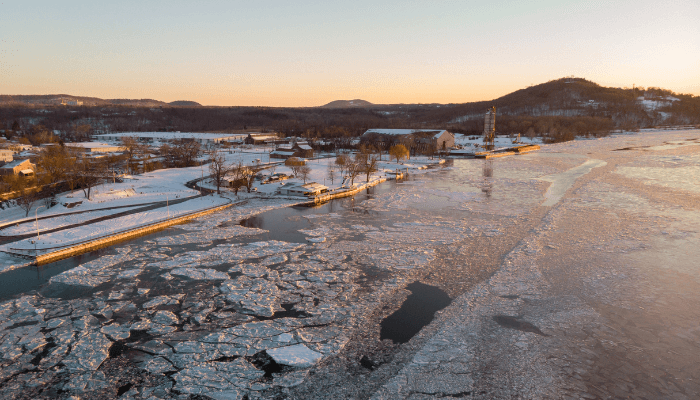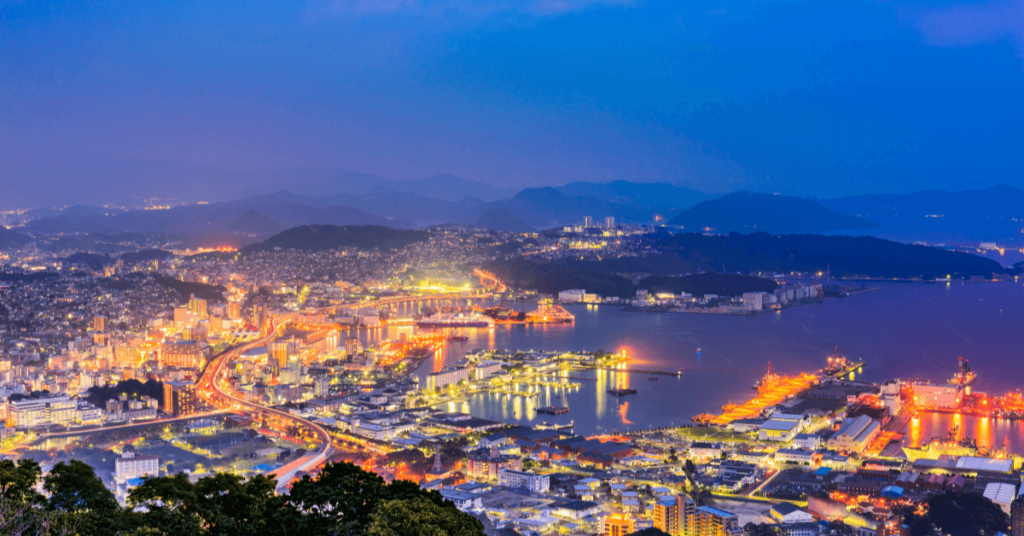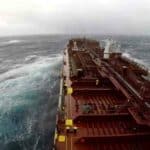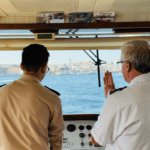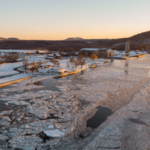9 Interesting Gulf of Aqaba Facts
The Gulf of Aqaba, or the Gulf of Eilat, is a gulf in the Red Sea. It lies east of the Sinai Peninsula and west of the Arabian Peninsula. Jordan, Saudi Arabia, Egypt, and Israel have coastlines on the Gulf of Aqaba, which functions as a link between the continents of Africa and Asia. The world’s northernmost coral reef lies close to the shore of Eilat, Israel’s southernmost city.
A Brief Background
Before the 1994 Peace Accords between Israel and Jordan, the Gulf of Aqaba region witnessed little to no development due to violence and regional conflicts. Also, knowledge about the Gulf’s physical characteristics, marine features, ecosystem etc was limited. It was in the 2000s that the region began to witness some changes and growth.
From that time onwards, tremendous commercial and industrial development has occurred, which has adversely impacted the Gulf of Aqaba’s marine environment. However, given the Gulf’s strategic importance, these concerns have led to cooperation among all the border nations. They work together to protect its coastline and marine resources since it is a major tourism destination and generates significant revenue.
The Gulf of Aqaba is famous for water sports, and one can spot divers, surfers, etc, on the coast in almost all seasons. It is known as one of the finest diving locations in the world, given its coral reefs, accidental shipwrecks, and other vessels deliberately sunk here to offer a habitat for marine life and boost the local tourism sector.
1. Geography of the Gulf of Aqaba
The Sinai Peninsula bifurcates the northern Red Sea into two major gulfs, the Gulf of Aqaba and the Gulf of Suez. The Gulf of Aqaba is 110 miles or 177 km long and 12 to 17 miles or 19 to 27 km wide. It covers an area of 239 square kilometres and has a maximum depth of 1850 m.
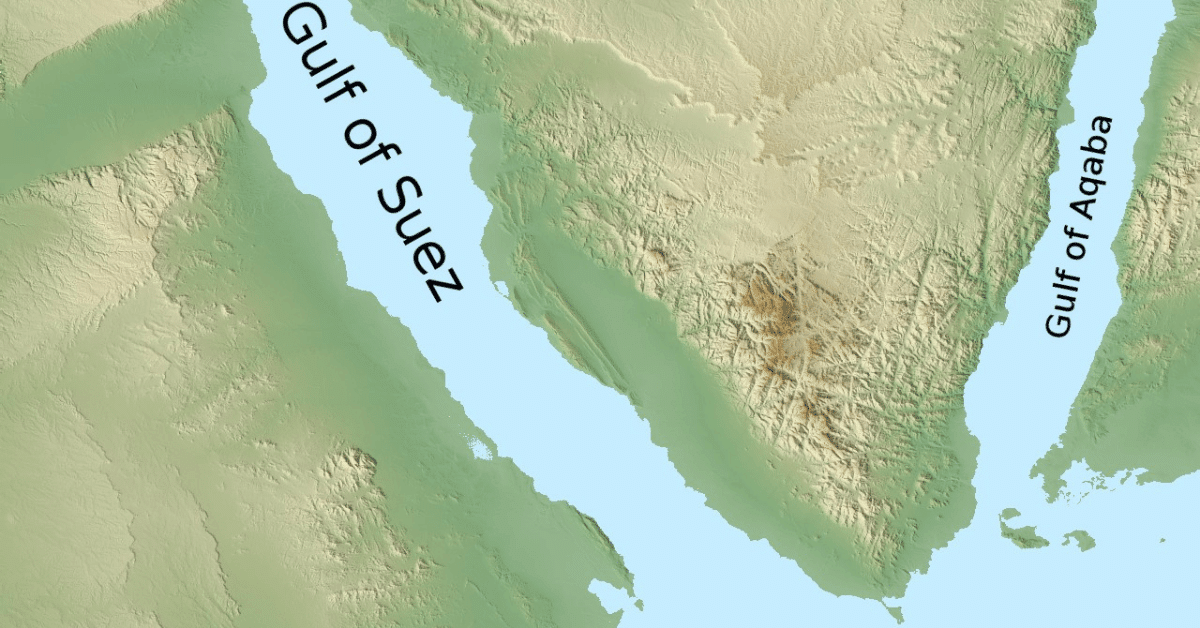
The Gulf of Aqaba is a part of the Great Rift Valley, which runs north to south for 6400 km from the northern part of Syria to central Mozambique in East Africa. It was formed by seismic activities along the Afro-Syrian rift. It is a deep and narrow water body, which, according to astronauts, is the most significant geographical feature on Earth to be visible from space.
2. Three major cities lie on the Gulf of Aqaba Coast
The Gulf of Aqaba spans north from the Tiran Straits to a point where the Israeli border meets the borders of Jordan and Egypt. At the Gulf’s northern end lie three major cities, Eilat in Israel, Taba in Egypt and Aqaba in Jordon.
Eilat was established in 1951, though archaeological evidence suggests it was inhabited even in 8000 B.C.E. The city is also mentioned many times in the Bible, and in the Roman era, a road was constructed to link the region with Petra.
These cities have commercial ports and popular resorts for tourists who visit here to enjoy the pleasant weather and the warm waters. To the south, Haql is the biggest Saudi Arabian city on the Aqaba Gulf. On Sinai, Dahab and Sharm el-Sheikh are major centres. The Gulf has other unique features, like its coral reef ecosystem, one of the most diverse in the world.
3. Jordan’s only seaport lies on the Gulf of Aqaba
Al Aqabah, or the Port of Aqaba, is a town in extreme southwestern Jordan. It lies on the Gulf of Aqaba and is the only seaport in Jordon. Due to the freshwater springs nearby, the port has been settled for thousands of years. Aqaba has been inhabited since 4000 B.C.E. due to its location at the confluence of trading routes between Asia, Africa and Europe. Close to the port lie King Solomon’s Port and the foundry of Ezion-Geber.
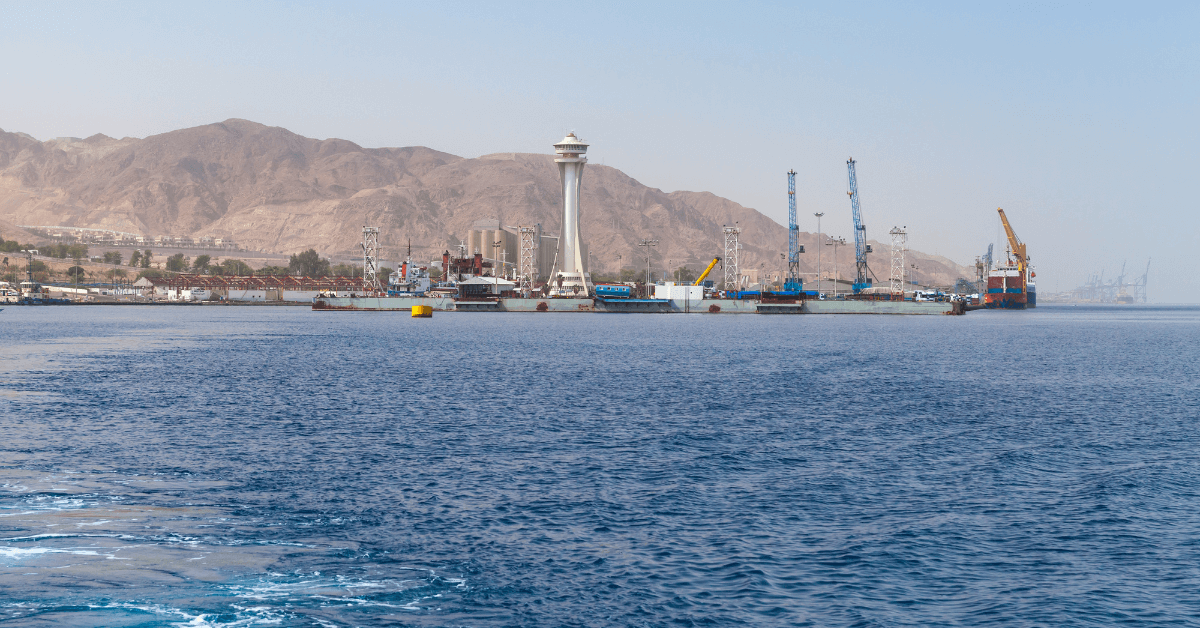
The city was called Ayla by the Arabs and was developed since it was a trade route in the 9th century AD. In the Roman era, it was the southern terminus of a trade route leading from Syria. Under the Byzantine Empire, it was the seat of a Bishopric. Later, it came under the control of Muslims and became a route they took for making a pilgrimage to Mecca. It declined under the rule of the Ottoman Empire, and in the 20th century, it was just a small village. After the Suez Canal opened and the Hejaz Railway was completed, pilgrim traffic declined.
The Al Aqabah harbour underwent some improvements by the British in the Second World War. It was modernised after Jordan gained independence. Deepwater facilities in the port opened in 1961. Today, it is popular as a diving and beach resort. Industrial activities remain important, and the town is a major exporter of bulk phosphates and shells and imports manufactured goods. It is also an important administrative centre.
4. Environmental issues threatening the Gulf of Aqaba
The Gulf of Aqaba is a semi-enclosed water body. Its shape and other features have led to its unique biological diversity, which includes abundant fish and coral reefs. Substantial development has occurred in the past few years, affecting the Gulf of Aqaba and the Red Sea. Marine pollution and ecosystem degradation remain the primary concerns.
Till the 1960s, the coastline of the Gulf of Aqaba was not densely populated. However, after the Peace Accords were signed, a commercial harbour came up, including boat marinas, a naval base, a dolphinarium, a research laboratory, an underwater observatory, hotels, restaurants and other related infrastructure, which weighs down on its fragile marine environment.
The condition could worsen if not checked now. Thermal industrial pollution, sewage discharge, oil spills, and phosphate deposition from shipping operations have eroded corals, especially in the Gulf’s highly developed northern parts. Badly managed resort development and overfishing are other major issues.
5. A famous tourist destination
The Gulf of Aqaba coastline is one of the finest in the Red Sea, with sandy beaches and coral reefs. Here, you can go sailing, snorkelling, diving, and even fishing on glass-bottomed vessels where you can see the marine life swimming beneath you.
One can also visit the Bird Observatory, the Archaeological Museum, the Mamluk Fort and the Marine Science Center.
However, the main attractions in the gulf are triggerfish, fish parrots, fish clowns, pipefish, sea anemones and whale sharks.
6. Aqaba Marine Reserve is a site of great scientific interest
The Aqaba Marine Reserve has 157 species of reef-building corals and 120 species of soft corals. It also has 500 fish species and 1000 species of molluscs. The region is of great scientific interest as the habitat of endangered species like dugongs and marine turtles.
The marine habitat in the Gulf of Aqaba is quite diverse, with rocky shores, fore reefs, reef faces, sandy bottoms and shores, and seagrass meadows. The Gulf drops off steeply to a depth of around 900 m. Coral reefs are limited to a thin band, less than 300 m broad, along the rocky shorelines.
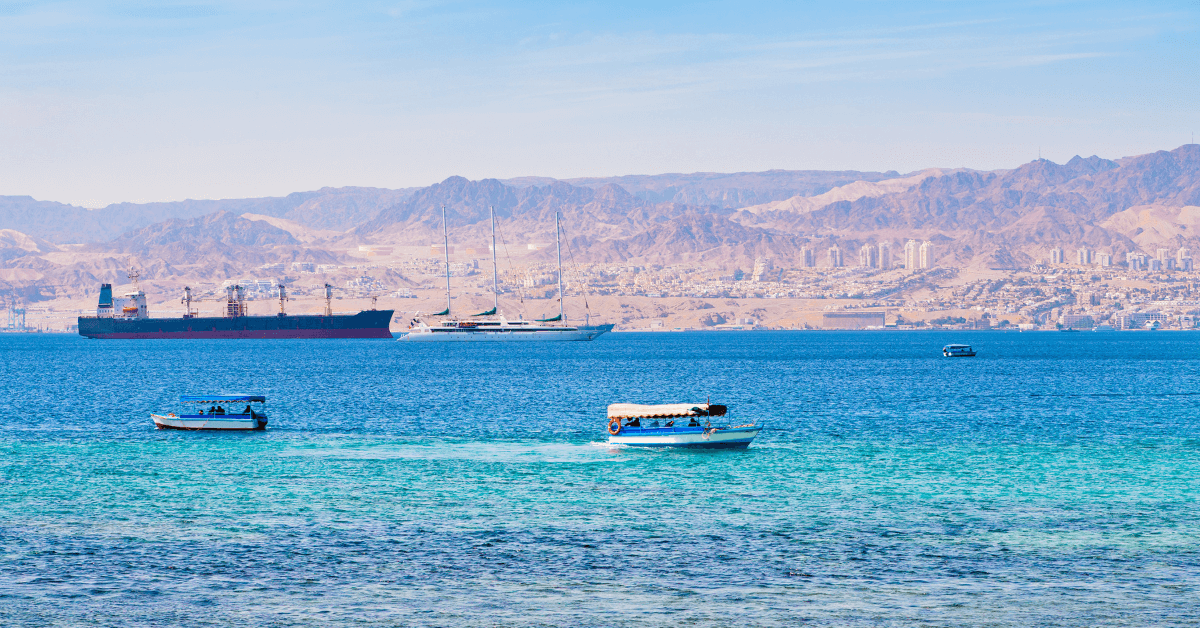
Coral reef systems in the Gulf of Aqaba cover an area of around four square kilometres, of which just one square kilometre lies within the Aqaba Marine Reserve. Jordanian coral reefs are in better condition, with around ninety per cent covered in a few localised areas. However, ocean conditions needed to support these diverse and climate change-resilient corals are rare. Their location near the shores makes them susceptible to damage from human activities.
Some well-preserved relic coral reefs are found along the reserve’s southern shores, and preserving these unique natural features is vital to protecting Jordon’s heritage.
7. A major trade route since ancient times
The Gulf of Aqaba lies on a major trade route that has been used for ages. Trade across the Red Sea between Port of Elim and Elat at the head of the Aqaba Gulf is recorded in the Fourth Dynasty of Egypt.
Expeditions crossed the Red Sea to reach Punt, a fact mentioned in Egypt’s 5th, 6th, 11th, 12th and 18th dynasties. Hatshepsut constructed a fleet to expand trade and visited Punt on a 6-month long voyage.
Thebes used gold from the conquests south into Kush to buy myrrh, natron, juniper oil, frankincense, bitumen and copper amulets for mummification at Karnak. Egyptian settlements near Timna near the Aqaba Gulf date back to the Eighteenth dynasty of Egypt.
At the northern end lay the ancient city of Ayla, the present-day Aqaba. It was an important city then, just like it is today. It served as a commercial centre for Nabateans.
Aqaba was a principal Ottoman port linked to Damascus and Medina via the Hejaz Railway. In the First World War, the Battle of Aqaba was a major battle which ended the 500-year-long Ottoman rule over Greater Syria.
8. Several Ports lie on the Gulf of Aqaba
Aqaba Port, Jordan’s only access to the sea, lies on a 40 km coastline between Israel and Saudi Arabia. It has 12 terminals, including the Aqaba Main Terminal, the Aqaba Container Terminal, and the Industrial Terminal. The port handles bagged cargo, rice, paper, phosphate, cement, general cargo, timber, livestock, reefer cargo, grains, cargo and oil.
Nuweibah is another facility on the western coast of the Gulf of Aqaba. It is used by ships of the Egyptian Navigation Company and Jordanian National Shipping Line as a passenger and ferry port to Aqaba. Other ships must obtain permission from the Egyptian authorities. Major imports are iron ore and apples, and exports comprise furniture, ceramics, iron and vegetables. The port can handle 1,900,000 tonnes of cargo and 1,000,000 passengers annually.
The Port of Eilat is situated at the head of the Gulf of Aqaba in the Red Sea. It can handle diverse cargo and offers vessel repair services.
It has a crude oil jetty operated by EAPC. A pipeline carrying crude oil from the port connects the Red Sea with the Mediterranean. Major exports include phosphates, potash, minerals and ores. Imports comprise building materials, foodstuffs, vehicles and timber. Around 2,100,000 tonnes of dry cargo, 70,000 cars and 50,000 TEUs are handled annually.
9. Climate of the Gulf of Aqaba
The Gulf of Aqaba has a hot, dry climate typical of desert areas, with high temperatures and low rainfall. Summers last from June to September and are quite hot, with temperatures reaching over 35 degrees Celsius. Heatwaves with temperatures over 40 degrees Celsius are common in the region.
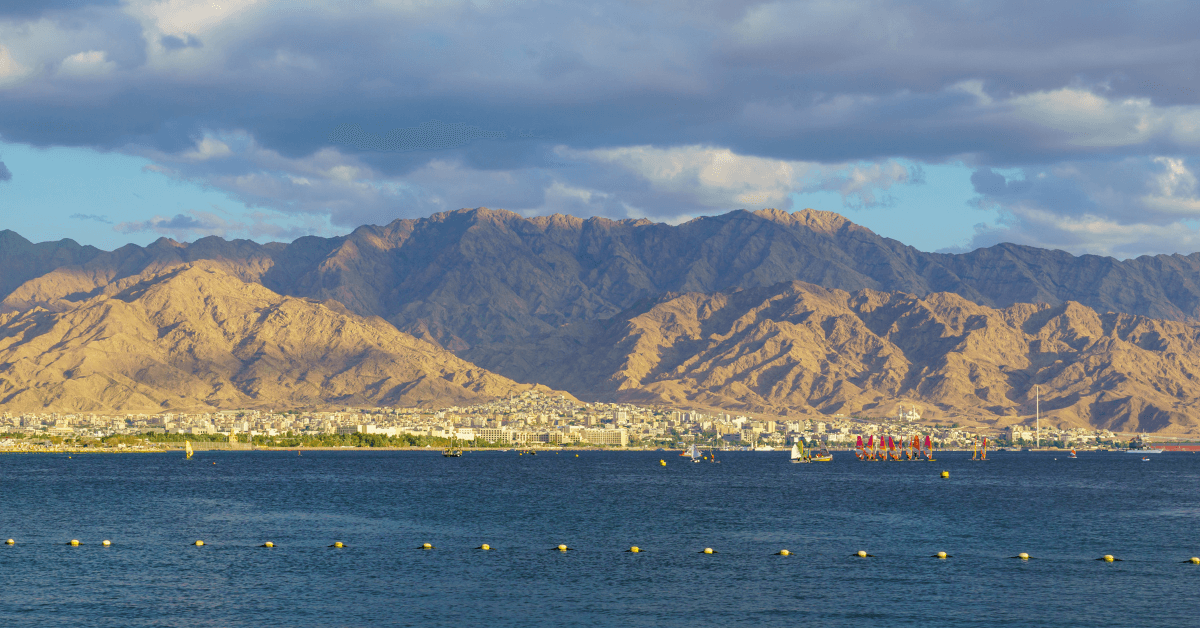
Winters last from December to February and are quite warm and sunny. Freezing and frost are quite rare. The temperature ranges from 20 to 25 degrees Celsius. Rainfall is less, around 50 mm annually, and most falls between November and March. Due to dry conditions, humidity is low to moderate.
You might also like to read-
- 10 Persian Gulf Facts You Must Know
- 10 Interesting Gulf of Tomini Facts You Must Know
- 10 Major Gulf of Oman Facts
- 10 Interesting Facts About The Gulf of Suez
- 10 Interesting Facts About the Gulf of Finland
Disclaimer :
The information contained in this website is for general information purposes only. While we endeavour to keep the information up to date and correct, we make no representations or warranties of any kind, express or implied, about the completeness, accuracy, reliability, suitability or availability with respect to the website or the information, products, services, or related graphics contained on the website for any purpose. Any reliance you place on such information is therefore strictly at your own risk.
In no event will we be liable for any loss or damage including without limitation, indirect or consequential loss or damage, or any loss or damage whatsoever arising from loss of data or profits arising out of, or in connection with, the use of this website.
Do you have info to share with us ? Suggest a correction
Disclaimer :
The information contained in this website is for general information purposes only. While we endeavour to keep the information up to date and correct, we make no representations or warranties of any kind, express or implied, about the completeness, accuracy, reliability, suitability or availability with respect to the website or the information, products, services, or related graphics contained on the website for any purpose. Any reliance you place on such information is therefore strictly at your own risk.
In no event will we be liable for any loss or damage including without limitation, indirect or consequential loss or damage, or any loss or damage whatsoever arising from loss of data or profits arising out of, or in connection with, the use of this website.

About Author
Zahra is an alumna of Miranda House, University of Delhi. She is an avid writer, possessing immaculate research and editing skills. Author of several academic papers, she has also worked as a freelance writer, producing many technical, creative and marketing pieces. A true aesthete at heart, she loves books a little more than anything else.
Latest Maritime Knowledge Articles You Would Like:
Daily Maritime News, Straight To Your Inbox
Sign Up To Get Daily Newsletters
Join over 60k+ people who read our daily newsletters
By subscribing, you agree to our Privacy Policy and may receive occasional deal communications; you can unsubscribe anytime.



